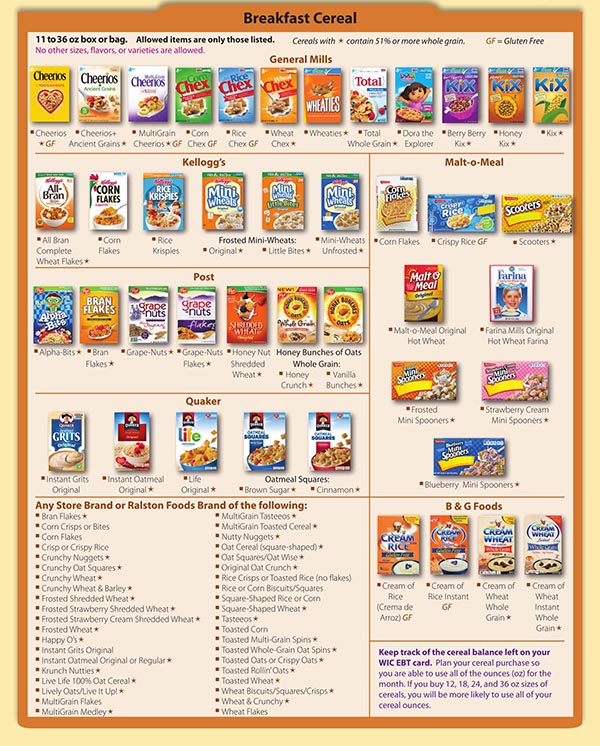

More than 6.2 million mothers and children received food support through the WIC program in 2022, according to FNS data. The WIC program has been an essential source of food and nutrition for low-income families since 1974. Currently, many low- and even middle-income families live in areas without full-service grocery stores, which means they have to travel miles to purchase fresh produce and other healthy foods. If approved, the change could make a huge difference to low-income families. Currently, they must make purchases using these benefits in person at bricks-and-mortar stores. WIC participants either receive monthly checks or vouchers or use an electronic benefits transfer card, known as an EBT, to purchase food.

This proposal stems from a December 2021 executive order in which President Joe Biden called on government agencies to improve the experience of people who are served by their programs, including by delivering services “in a manner that people of all abilities can navigate.” The administration is accepting public comment on the proposal through May 24. “We agree with WIC participants and stakeholders - online grocery shopping and ordering is essential for busy Americans,” said Stacy Dean, deputy undersecretary for the Agriculture Department’s Food and Nutrition Service, or FNS, in a USDA statement. “After the coronavirus pandemic began in March 2020, advocates pushed for online access for the government’s WIC program due to the difficulties of in-person shopping.


 0 kommentar(er)
0 kommentar(er)
